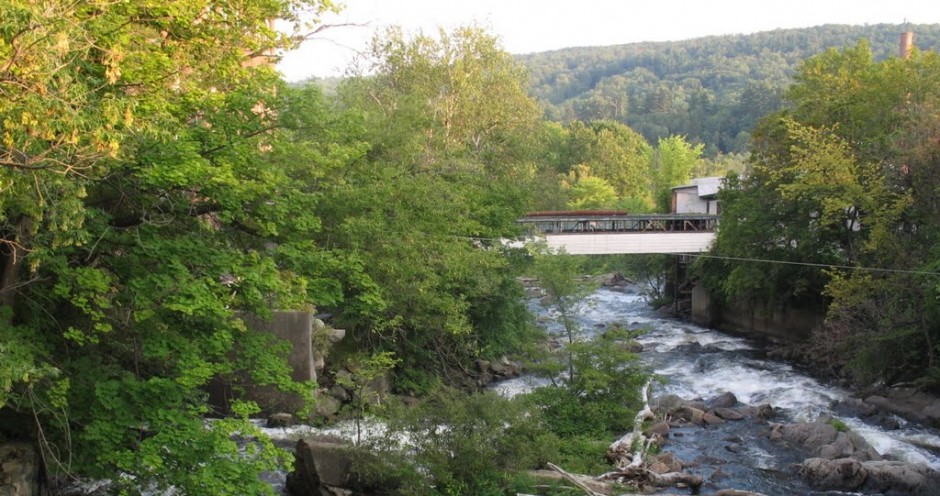“It’s hard to convey a compelling reason that isn’t just ‘We want to have fun! We want to kayak!’ If you don’t understand it, that can be an easy one to push to the side, but I think it’s really important.”
-Jake Lyon ’17, Ledyard Canoe Club
In this section of the site, we aim to clarify the significance of recreational paddlers’ relationships with the Mascoma River. To start our investigation, we attended a council meeting of the Ledyard Canoe Club, a Dartmouth College student group dedicated to water recreation.
Ledyard members were passionately against the Mascoma dam project. When we first brought up the proposal, one student shouted, “stop the dams!” and another, “we’re considering ecoterrorism” (amid lots of laughter). The meeting was generally lighthearted; however, some members grew serious when talking about personal experiences with dams:
“Within 10 years, there will be no more whitewater in Ecuador. By the time we get back there next year, 20-30% of the rivers we run will be dewatered forever.”
“The Connecticut is already dammed…calling it the Connecticut River at this point is a stretch, it’s basically a reservoir…the Connecticut is a mess.”
“At home [Durango, CO], there was this really sweet section in the canyon that I used to raft a lot, and now it’s all flat for 20 miles, like a lake.”
Everyone groaned.
The dam in question would “dewater” the famous class 5 “Downtown” rapids in Lebanon, NH, thus depriving advanced Ledyard paddlers of training opportunities. Although there could be scheduled releases of water for recreational use, a mechanism employed by other dam projects to compromise with paddlers, it remains unclear how frequently these releases would occur, if at all. One student expressed his reservations about this solution, saying, “people could push to make some type of release schedule, but I doubt with that type of rapid that would ever be realistic because it’s a very short thing, it’s more something we do. It’s an hour trip, it’s not a big event.”
We were also struck by the perilous nature of whitewater kayaking. Paddlers use humor as a coping mechanism, in addition to rhetoric that emphasizes the (often capricious) “personalities” of rivers. Some members joked about a calamitous trip the week before with some business school students, saying “we lost a chunk of one of their faces…he’s gonna need 2-4 stitches” Regarding the Mascoma, one advanced paddler said “I was told, ‘You should never go to Downtown. You’re going to get a piece of rebar in your stomach if you flip.’ In reality, there’s only one section with rebar in it. The rest is pretty fun and friendly. (Laughs) You have to be a little crazy.”
For more insight into individual Ledyard members’ relationships with the river (and why they paddle despite the danger), see “The Paddlers’ Perspective” tab.
Remaining questions:
- If the dam is built, will it incorporate scheduled releases for paddlers? If so, how frequently?
- To what extent does the paddling community have agency in determining the fate of a hydropower dam proposal?
Further reading:
- Scholarly Article – Born, S. M., Genskow, K. D., Filbert, T. L., Hernandez-Mora, N., Keefer, M. L., & White, K. A. (1998). Socioeconomic and institutional dimensions of dam removals: the Wisconsin experience. Environmental management,22(3), 359-370.
- Book – McCully, P. (1996). Rivers no more: the environmental effects of dams (pp. 29-64). Zed Books.
- Website – https://www.americanwhitewater.org/
- NYT Article – http://www.nytimes.com/2016/05/22/opinion/unplugging-the-colorado-river.html?_r=0
